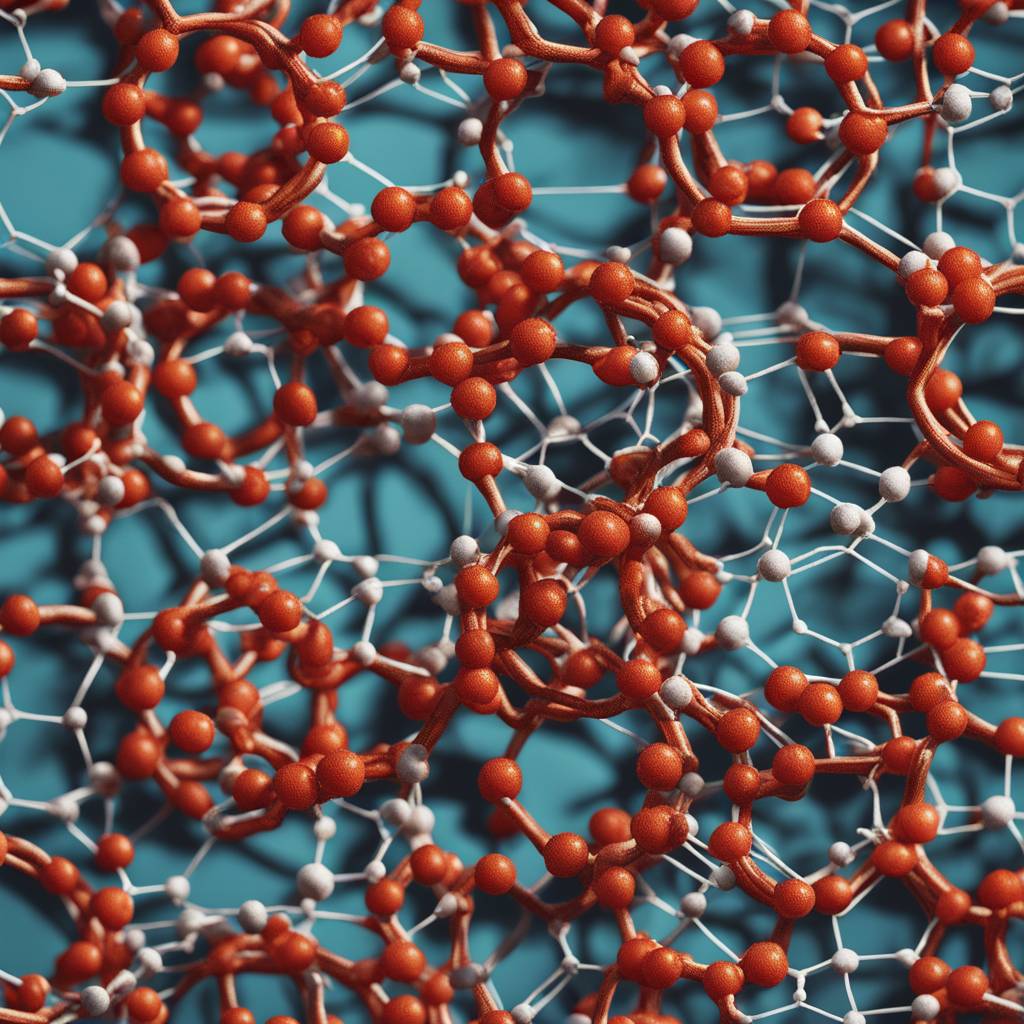The active ingredient in many drugs is often a small molecule, which can be challenging to produce if it requires a quaternary carbon – a carbon atom bonded to four other carbon atoms. However, Scripps Research scientists have discovered a cost-effective method to create these complex molecules. Published in Science on April 5, 2024, the researchers found that they could convert feedstock chemicals into quaternary carbons using a single, inexpensive iron catalyst. This breakthrough could make drug development more affordable and efficient on both small and large scales.
Quaternary carbons are essential in various areas of research, from drug discovery to material science, but their synthesis has historically been a challenging task in organic chemistry. Traditionally, it involves multiple steps, harsh conditions, and less accessible starting materials. The team of researchers at Scripps Research, including co-first author Nathan Dao, were able to simplify this process by identifying a single catalyst that could perform multiple crucial roles in the conversion of carboxylic acids and olefins into quaternary carbons. These raw materials are abundant and low cost, making this method potentially game-changing for drug development.
Catalysts are crucial substances that speed up chemical reactions, but they can also be expensive and produce waste. The researchers discovered that a single catalyst could efficiently promote the desired reaction without the need for a complex mix of catalysts, simplifying the process. Co-senior author Ryan Shenvi emphasized the simplicity of the discovered method, which could revolutionize the way quaternary carbons are produced and utilized in various industries.
Collaborating with the lab of senior co-author Phil Baran, the study highlights the continuous role of chemistry in shaping modern technology and pharmaceuticals. The researchers were able to leverage existing chemical knowledge to unlock a new transformative reaction that had not been explored before. This collaboration showcased the power of research institutions like Scripps Research in driving innovative discoveries and advancements in organic synthesis.
The study was made possible with funding from various sources, including the National Institutes of Health, National Science Foundation, Nanjing King-Pharm Co., Ltd, Pfizer, and Biogen. This support enabled the researchers to explore new avenues of chemical synthesis and uncover practical solutions for producing complex molecules like quaternary carbons. By simplifying and streamlining the process, this research has the potential to revolutionize drug development and other industries reliant on small molecule production.
In conclusion, this groundbreaking research from Scripps Research has unveiled a novel method for producing quaternary carbons using a single, inexpensive iron catalyst. This discovery could have far-reaching implications for drug development and material science by making the production of small molecules more cost-effective and efficient. By simplifying complex chemical reactions, the researchers have demonstrated the power of collaborative research in driving innovation and advancing the field of organic chemistry. Supported by various funding sources, this study underscores the ongoing role of chemistry in shaping modern technology and pharmaceuticals.


